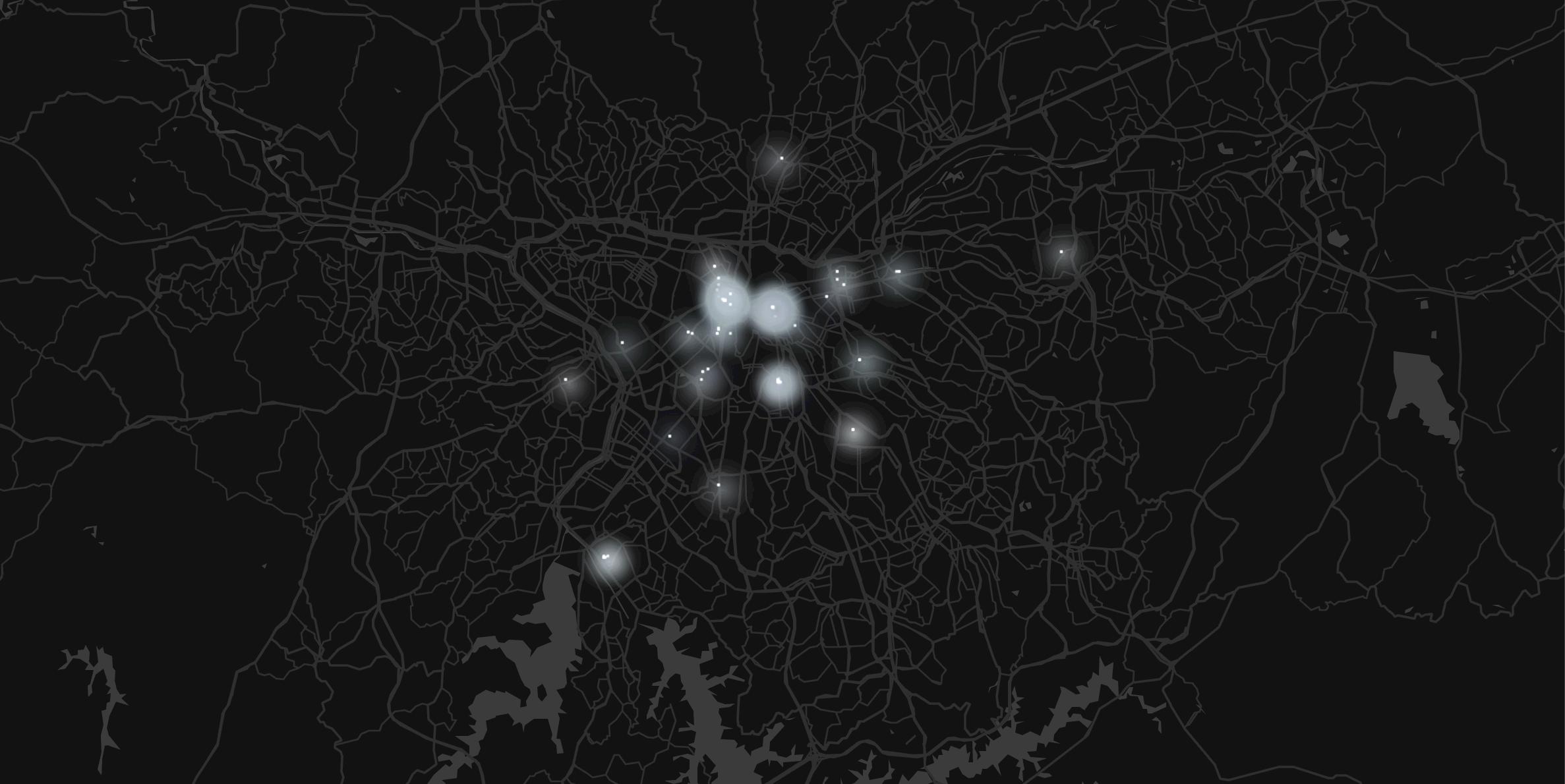

AUGMENTED CITY
Memory is the proof of our existence. Without memory, there is no identity. You merely exist. You are not!
WHAT IS AN AUGMENTED CITY?

Cities accumulate memories through the experiences of their inhabitants, creating a rich social fabric over time and space. This ongoing process generates layers of lived history that become immaterial heritage, imbuing places with meaning, sense, and significance.
The Augmented City Project aims to activate these memories by sharing the lived history of its inhabitants within the physical and material spaces of the city. Citizens are encouraged to share and store their geotagged memories through images, texts, audio, and videos on a cloud-based web platform. These contributions form "memory clouds" that can be accessed via augmented reality at their specific geographic locations. This allows users to experience these memories through mobile devices directly where they originated.
+ info: http://cidadeaumentada.com/index_en.html

Cities embody a complex tapestry where urban memory emerges from the overlay of experiences across time and space. Each generation contributes to this collective narrative, leaving indelible imprints on the cityscape. Thus, the city emerges not only as a physical entity but also as an exchange of memories and lived experiences. This exchange enriches our understanding of urban life, reinforcing the significance of memory as a vital link between past, present, and future generations. By embracing and preserving these intergenerational layers, cities celebrate their diversity and resilience, ensuring that urban memory remains a dynamic force in shaping collective identities.

In response to traditional smart city projects that often neglect the human scale, the Augmented City Project aims to elevate the smart city concept to another level — one centered on people. Recognizing that people are increasingly connected to the internet via their mobile devices and are constantly navigating both physical and virtual spaces, the project harnesses mobile technologies to activate and share the personal histories and memories of city inhabitants. This approach not only enhances the richness of the urban fabric by integrating personal narratives but also fosters a deeper connection between citizens and their urban environment.
PROJECT CONCEPT

Objective
The Augmented City project seeks to bring the urban memory to life by integrating the personal histories of its inhabitants into the city's physical and material spaces. Through participatory technology, it enables citizens to share their geolocated memories to be accessible to other citizens.
Method
Memory Sharing:
Citizens are encouraged to share and store their geotagged memories on a cloud-based web platform. These memories can be in the form of images, texts, audio, and videos.
Memory Clouds:
The shared memories form "memory clouds" that can be accessed via augmented reality at their specific geographic locations through mobile devices.
Experience:
Users can experience these memories through mobile devices directly where they originated, allowing for an immersive and contextual exploration of the city's lived history.
Tools and Technologies
Cloud-Based Web Platform:
A central repository for storing and managing geotagged memories.
Augmented Reality:
Technology that overlays digital content onto the physical world, accessed via mobile devices.
Goals
Social Cohesion:
By sharing and experiencing each other's memories, citizens can foster a sense of community and belonging.
Cultural Heritage:
Highlighting both tangible and intangible heritage through personal narratives and historical context.
Inclusion and Empathy:
Promoting understanding and respect for diverse experiences, leading to a more inclusive and empathetic urban environment.
Democratic Legacy:
Creating a more democratic city where the legacy is shaped by the history of its citizens.

PROJECT ECOSYSTEM

Storage, management, and cloud access.
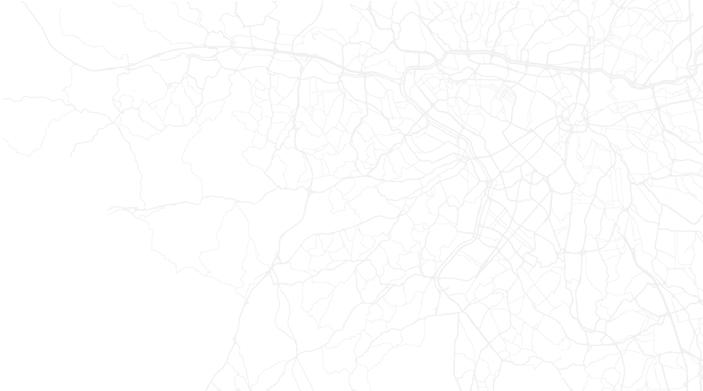
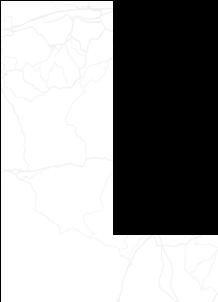






Register, visualize, and insert points of memories through the web platform.



Shared memories in various formats: images, video, audio, or short text.
Access the memory points through the project's app.

PROJECT INTERACTION FLOW
web plataform
desktop interaction
keyboard [text input and map controls]
mouse [access control]
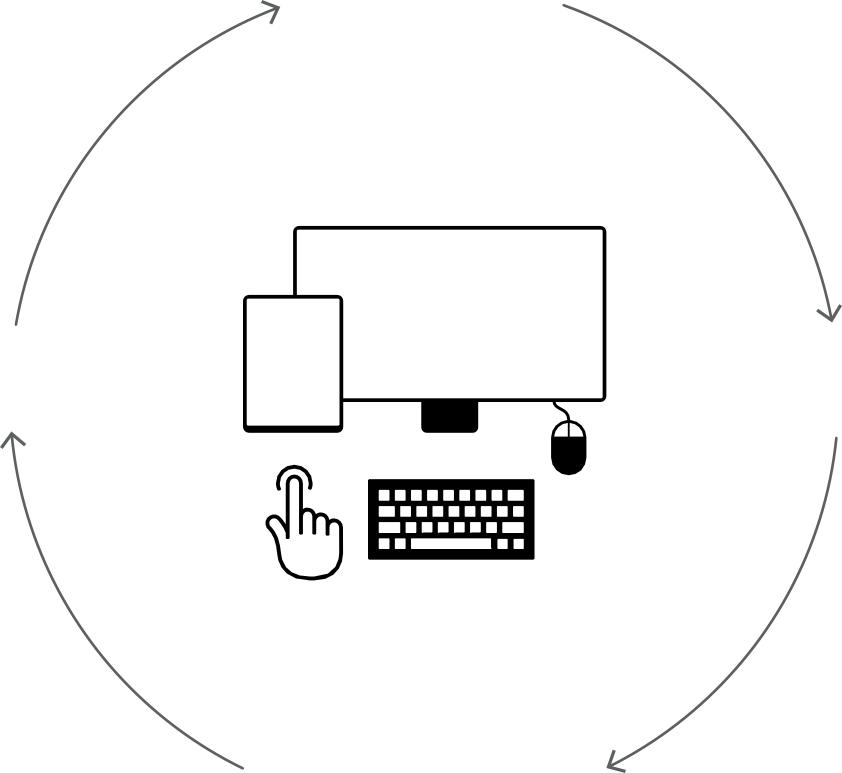
application
mobile device interaction
touch screen
geolocated memory point
augmented reality through the mobile device camera

GEOLOCALIZATION


WEB PLATFORM | APPLICATION MOBILE






Register, visualize, and insert geolocated points of memories through the web platform.




Activated memories can be viewed on the web platform and accessed at their geographical location through mobile devices, without the need for login.


Access geolocated memories through the camera of mobile devices. [video, image, audio, text]



WEB PLATFORM

Web Platform of the Project: cidadeaumentada.org


WEB PLATFORM

Opening video and searching for memory points
To explore or navigate the map and search for memory points, users must enter the address or location. Zoom in and zoom out functions are available.


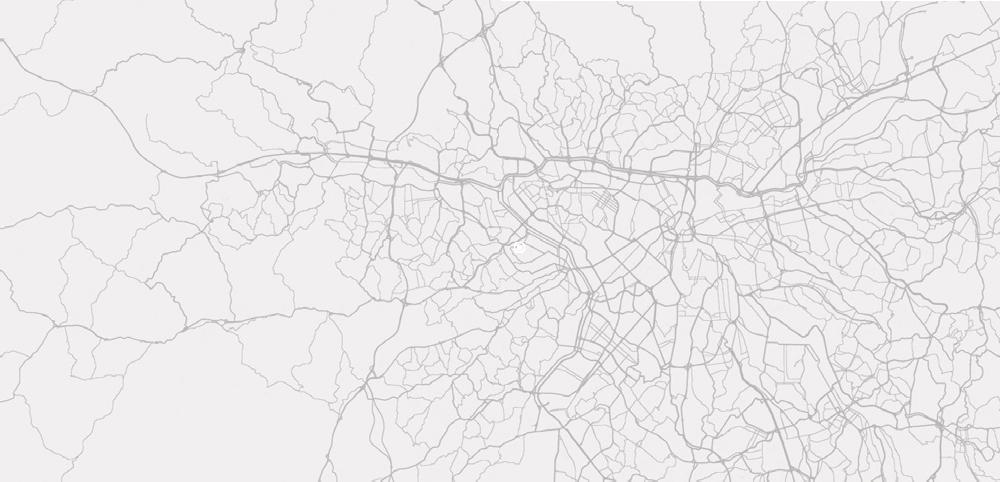
Visualization of memory points and their related contents
Registration is not required to access memories on the platform. When a user finds a memory point, they can simply click on it, and the available content will appear through its respective icons. Clicking on each one allows access to the resources.
Sign up and insert new memories
To insert city memory points, users must first create an account on the project's website.
The only requirement for logging in is if the user wants to input or manage memories already inserted into the system.








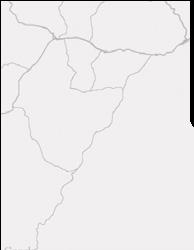




































Login and management
With the login completed, users can input memories or manage memories created previously.

Memory insertion
After signing up, users can log in and enter their memories by geographically selecting locations or filling in the search field with the desired address on the mapping base of the Augmented City web platform, which utilizes the Google Maps API.
Once the location is identified, users can upload their memories via images, audio, video, and/or text.
All content is stored in a cloud-based database.
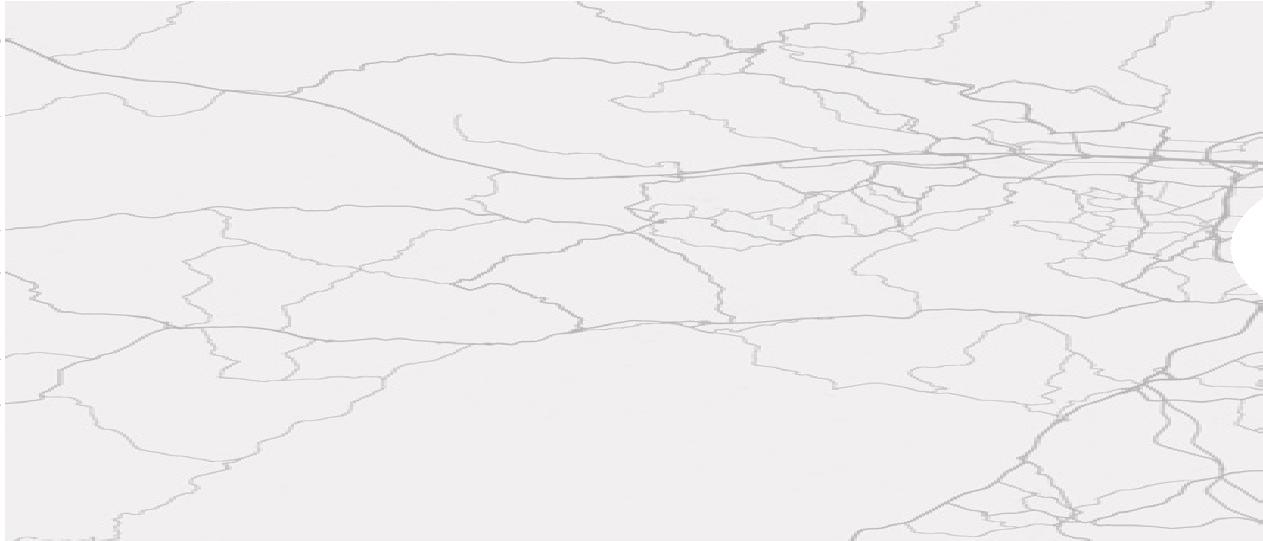









































































APPLICATION
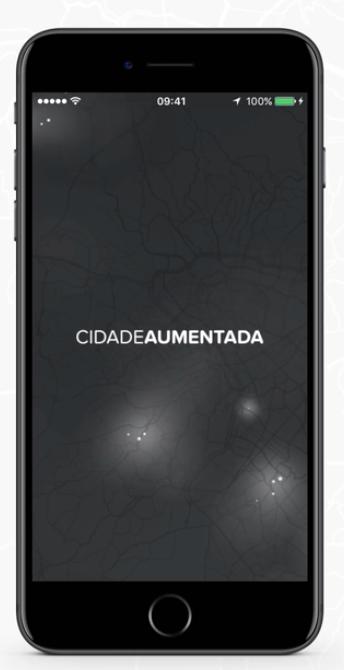


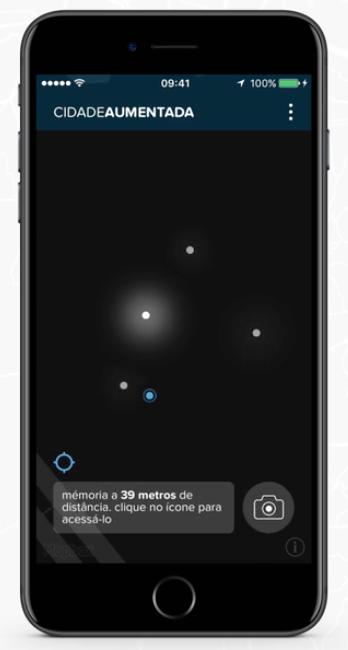




APPLICATION

App initialization
Upon opening the app for the first time, it will send a notification requesting permission to use features on the user's device, such as the camera, GPS, audio, and notifications.
Menu and settings
After permissions are granted, the user has access to a tutorial as well as the app settings, including language and measurement system [PT/EN].

Opening video and searching for memory points
Users can access and view informational layers of urban memory in physical space through augmented reality, without the need to log in.
Once the app detects the user's location, active memory points are identified based on their proximity to the user.
Memories are represented by pulsating points of light, symbolizing the dynamic existence of human experiences in urban space.


If the user is more than one kilometer away from the point, the app provides a map service to guide them efficiently to the specified location.
For distances between 100 meters and one kilometer, the app generates a walking route. When the user is within 100 meters of the point, they can access and view the content related to that memory point through their smartphone camera.

APPLICATION SCREENS

Memories and contents
[image, video, audio, text]
Using a mobile device app based on camera and GPS technology, users can access and explore informational layers of urban memory directly in physical space, augmenting and extending reality across time and space.
By accessing visual, auditory, and written narratives from city inhabitants, the project aims to revive and celebrate the vernacular history of the city through its memories.





image JPG, JPEG, PNG, or GIF up to 1Mb.
video AVI, WMV, or MP4 up to 4Mb.
audio WAV, MP3, or WMA up to 4Mb.
text up to 140 characters.



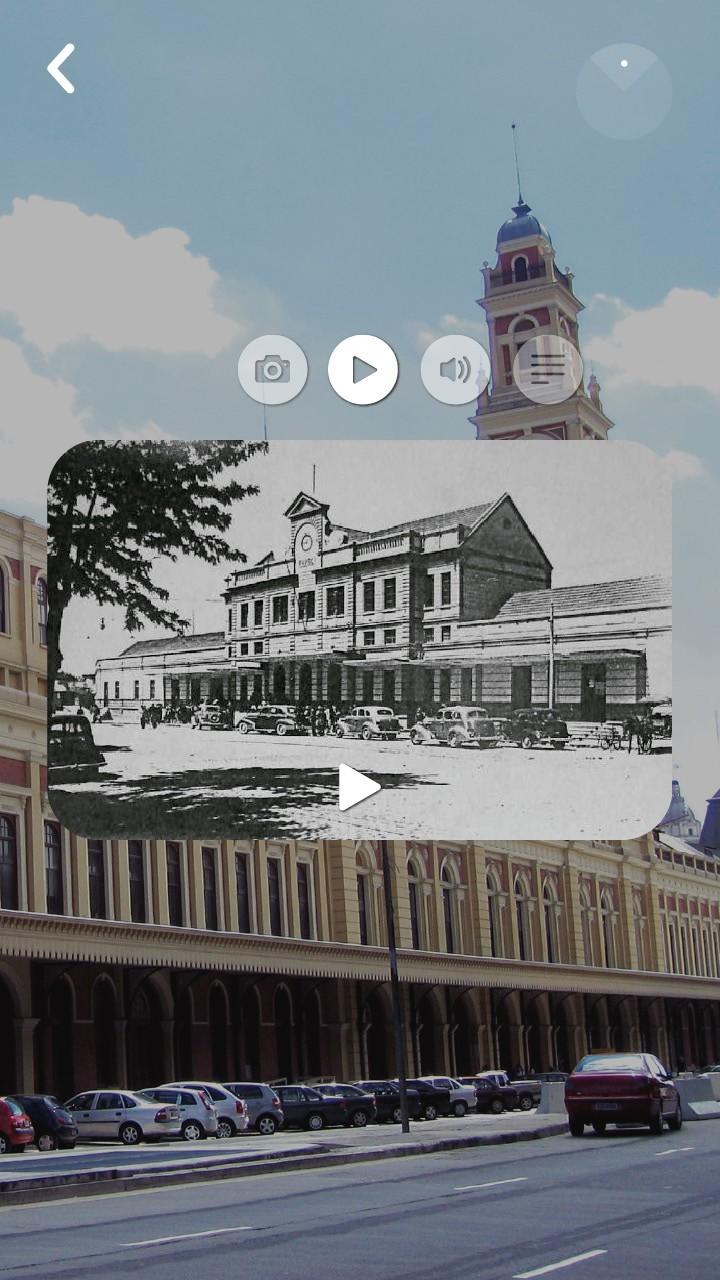










WORKSHOPS
WORKSHOPS
The Augmented City project promotes social cohesion through accessible tools that highlight both tangible and intangible heritage. These tools facilitate encounters, discussions, and interactions among people, empowering individuals and communities to weave their fragmented experiences and memories into compelling, geolocated narratives using personalized digital content integrated with the city's physical spaces.
Through these efforts, Augmented City aims to enable people and communities to share their stories and advocate for a more inclusive society, where each story contributes to the collective urban memory.
Empathy is a crucial element for social cohesion. By promoting understanding and respect for the experiences and stories of others, we can build a more inclusive and welcoming city.
To accomplish this, alongside the web platform and augmented reality mobile application, the project also promotes workshops for social participation and collaboration. Among them:
Digital Cartographies: construction of personal memory points (audio, text, video, and images) shared and geolocated by participants, inserted into the project web platform. Contents may be in digital or analog formats (to be converted to digital during the workshop).
Augmented Urban Experience: walking tours to explore and understand city territories based on geolocated memories on the project web platform, accessible in augmented reality through the Augmented City app, available for download on Android and iOS versions. Routes can be created from memories shared during the Digital Cartographies workshop.
Technology and City Laboratory: training workshops for building a digital archive of personal memories and presentations on geolocation and augmented reality resources in the urban context, using the project web platform and app.
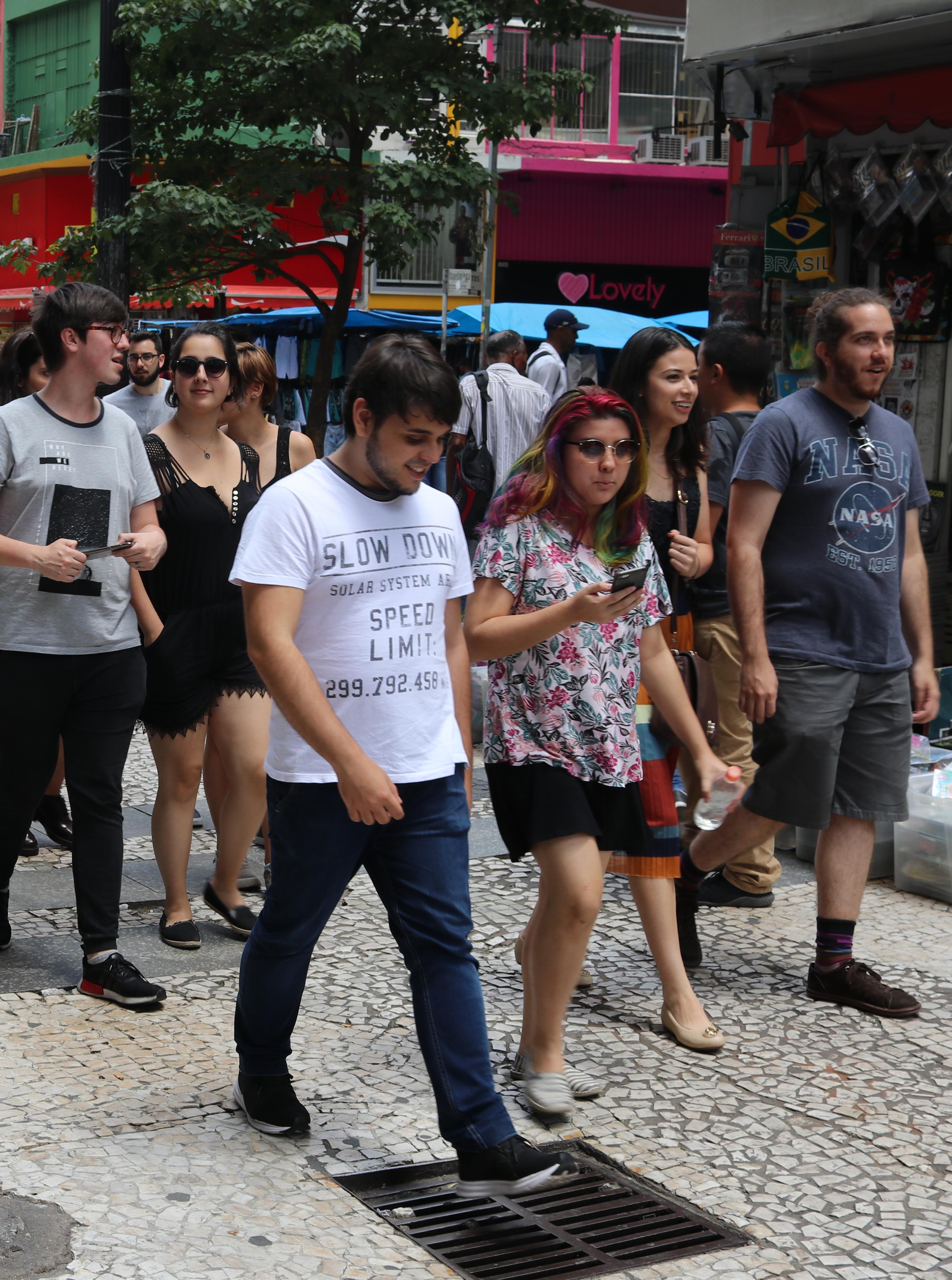



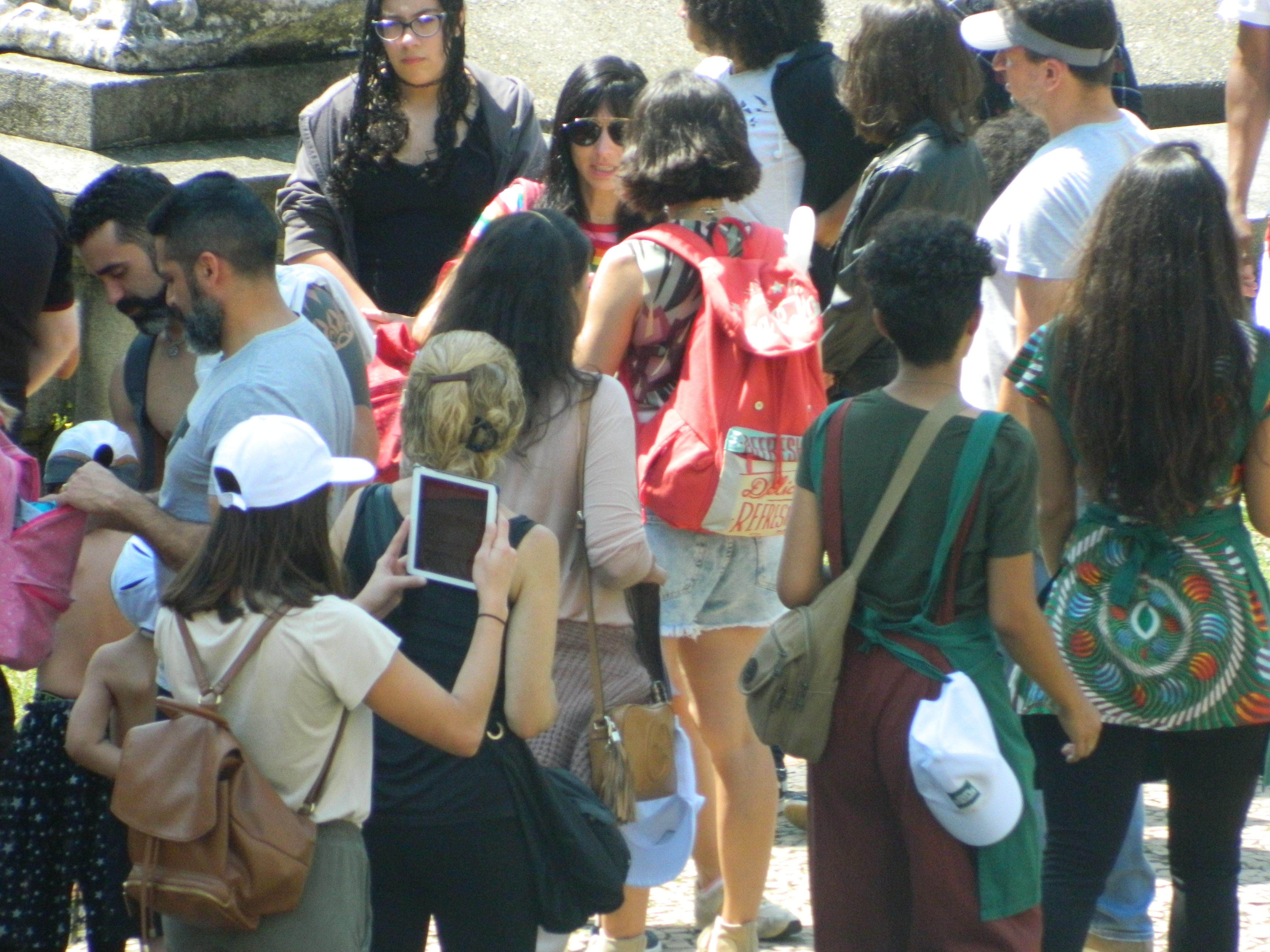


Conception and Executive Coordination
Polise Moreira De Marchi
TI | UX Coordination
Barbara Dariano
Design
Antonio Araujo
Development
Michele Freitas
Yuri Lamonica Chuk
Mario de Castro
Research
Veronica Pontes
Enrique Trevelin
Lucas Falcão Artacho

Sponsors and Institutional Support


